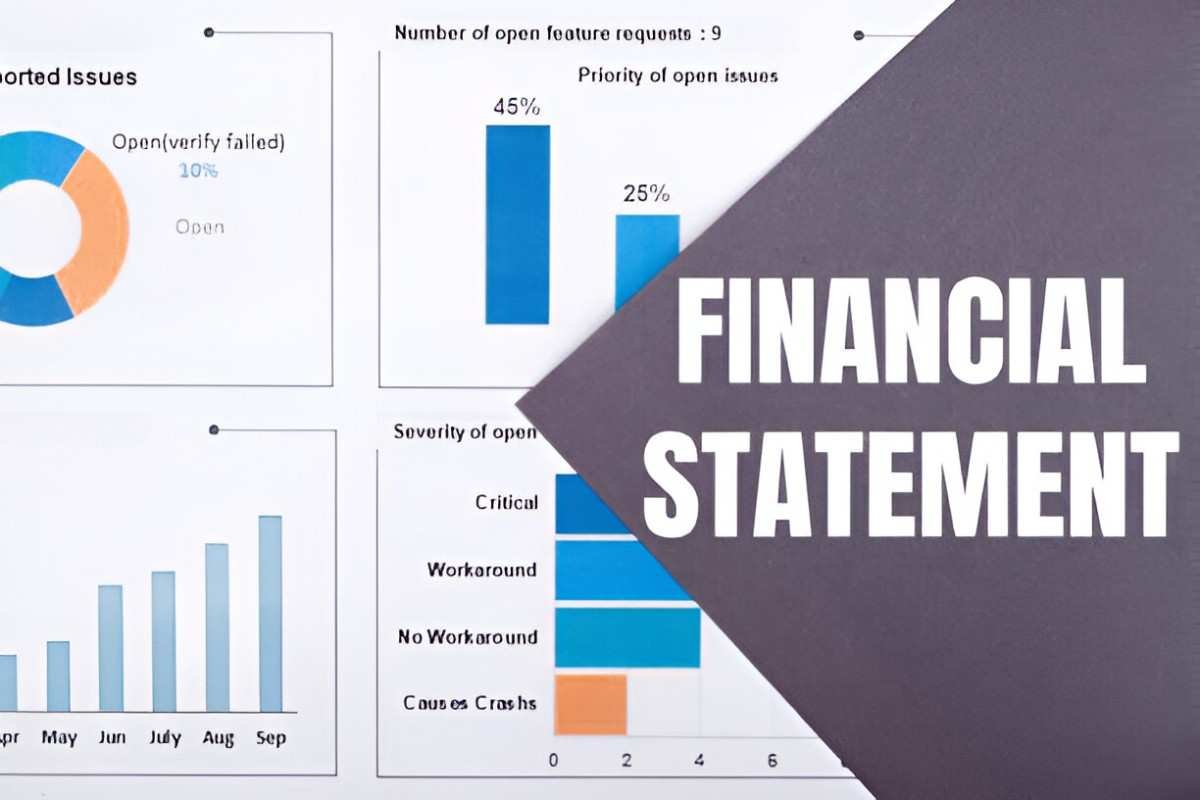As someone who has spent years analyzing financial statements, I understand how intimidating proforma statements can seem at first glance. But here’s the truth: they’re just a structured way to predict future financial performance. Whether you’re a small business owner, an investor, or a finance student, mastering proforma financial statements gives you a powerful tool for decision-making.
Table of Contents
What Are Proforma Financial Statements?
Proforma financial statements are forward-looking projections of a company’s financial performance. Unlike historical financial statements, which report past results, proforma statements estimate future revenue, expenses, and cash flows based on assumptions and business plans.
Key Components of Proforma Statements
- Proforma Income Statement – Projects future revenue, costs, and profits.
- Proforma Balance Sheet – Estimates future assets, liabilities, and equity.
- Proforma Cash Flow Statement – Forecasts cash inflows and outflows.
These statements help businesses plan for growth, secure funding, and assess risks.
Why Proforma Statements Matter
Investors, lenders, and business owners rely on proforma statements to:
- Evaluate business viability – Will the company remain profitable?
- Secure financing – Banks and investors need projections before committing funds.
- Plan for expansion – Should the business open a new location or hire more staff?
For example, if I’m launching a startup, I’d need proforma statements to convince investors that my business model is sustainable.
How to Build a Proforma Income Statement
The income statement projects future revenue and expenses. Here’s how I approach it:
Step 1: Estimate Future Revenue
Revenue projections depend on market trends, historical growth, and sales forecasts. Suppose my company, XYZ Retail, had $500,000 in sales last year and expects a 10% growth rate. The projected revenue would be:
Projected\ Revenue = Current\ Revenue \times (1 + Growth\ Rate) = 500,000 \times 1.10 = 550,000Step 2: Forecast Expenses
Expenses include fixed costs (rent, salaries) and variable costs (materials, utilities). If my fixed costs are $200,000 and variable costs are 30% of revenue:
Variable\ Costs = Revenue \times 30\% = 550,000 \times 0.30 = 165,000 Total\ Expenses = Fixed\ Costs + Variable\ Costs = 200,000 + 165,000 = 365,000Step 3: Calculate Projected Profit
Subtract total expenses from revenue:
Net\ Profit = Revenue - Total\ Expenses = 550,000 - 365,000 = 185,000Proforma Income Statement Example
| Item | Amount ($) |
|---|---|
| Revenue | 550,000 |
| Variable Costs | 165,000 |
| Fixed Costs | 200,000 |
| Net Profit | 185,000 |
Constructing a Proforma Balance Sheet
The balance sheet reflects future assets, liabilities, and equity.
Step 1: Project Assets
If my company plans to buy new equipment worth $50,000, the asset side increases.
Step 2: Estimate Liabilities
If I take a $30,000 loan, liabilities rise accordingly.
Step 3: Update Equity
Retained earnings from the income statement affect equity.
Proforma Balance Sheet Example
| Assets | Amount ($) | Liabilities & Equity | Amount ($) |
|---|---|---|---|
| Cash | 100,000 | Loans Payable | 30,000 |
| Equipment | 150,000 | Retained Earnings | 220,000 |
| Total Assets | 250,000 | Total Liabilities & Equity | 250,000 |
Forecasting Cash Flows
A proforma cash flow statement ensures liquidity. It tracks:
- Operating Activities (day-to-day business)
- Investing Activities (asset purchases/sales)
- Financing Activities (loans, equity changes)
Example Calculation
If my operating cash flow is $120,000, I invest $50,000, and repay $10,000 in loans:
Net\ Cash\ Flow = Operating\ Cash\ Flow - Investing\ Activities - Financing\ Activities = 120,000 - 50,000 - 10,000 = 60,000Common Pitfalls to Avoid
- Overly Optimistic Assumptions – Unrealistic growth rates lead to inaccurate projections.
- Ignoring Market Conditions – Economic downturns can disrupt forecasts.
- Neglecting Contingencies – Always include a buffer for unexpected costs.
Final Thoughts
Proforma financial statements are not crystal balls, but they provide a structured way to anticipate financial health. By grounding projections in realistic assumptions and regularly updating them, businesses can make informed decisions.





